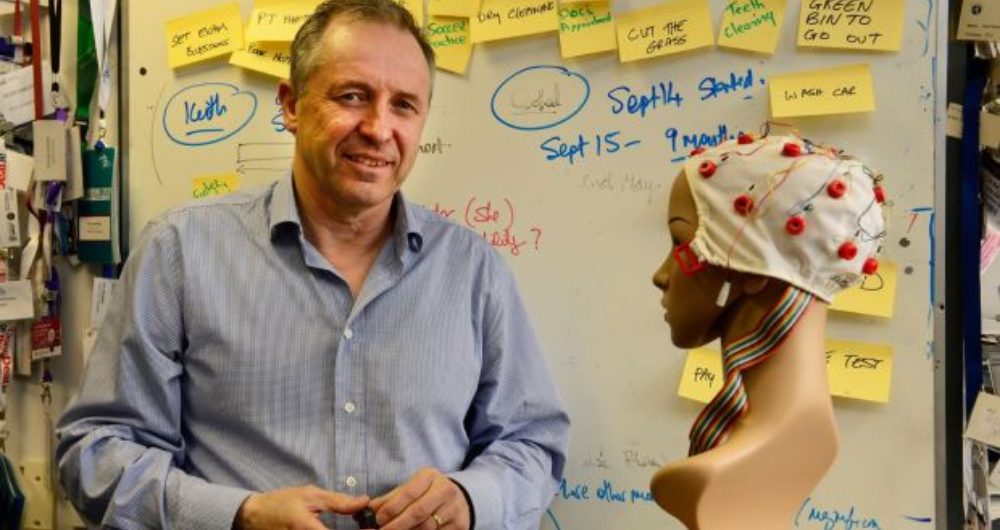
Prof Alan Smeaton’s work on keystroke dynamics is the subject of a fascinating article on researchfeatures.com.
Keystroke dynamics refers to the patterns of rhythm and timing when we type keys on keyboards, tablets and smartphones. The time gap between one character typed and the next character is measured in milliseconds and can be easily captured by a computer. Prof Smeaton, together with his postgraduates Naveen Garaga Krishnamurthy, Amruth Hebbasuru Suryanarayana, Meenu Mathew, Srijith Unni and Sushma Suryanarayana Gowda, is analysing keystroke dynamics data as digital biomarkers of stress and alertness.
Everyone’s keystroke dynamics are unique as we all key different timing patterns when we type. Keystroke dynamics are so unique that their original application was in user authentication, verifying the user’s identity while they typed. Although this concept has been around since 1980, companies such as TypingDNA are only now offering systems to authenticate users as they are typing.
It’s an evolving area. Recently, researchers have found that keystroke dynamics gathered over the long term can be used as a form of digital biomarkers. For example, researchers have investigated the use of keystroke dynamics to assess clinical aspects of multiple sclerosis (MS). Keystroke data were captured during participants’ regular use of their own smartphones, facilitating the frequent assessment of health status unobtrusively from a remote distance in real-time. The researchers found moderate correlations between the keystroke measures and clinical disability, manual dexterity and information-processing speed in patients with MS. Consequently, keystroke dynamics are a promising biomarker for clinical disability in MS. This research opens the door for new applications of keystroke dynamics in disease monitoring, patient management and outcomes for clinical trials.
You can read the full article here.